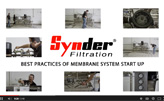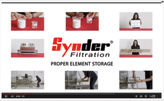Concentration & Desalination of Optical Brightening Agents
Download Full Case Study
Introduction
For all manufacturers, freight costs for shipping their products can significantly affect their company’s competitiveness on pricing. In this case, the current product of optical brightening agent (OBA) had more than 50% water in each container, which resulted in high freight costs. The OBA manufacturer had used competitor’s NF spiral wound elements that offered only in 28mil spacer, for the desalting and concentration of optical brightening agent (OBA), however, the small spacer led to difficulty in concentrating this specific OBA when the OBA is concentrated to certain point.
After learning about Synder’s wide variety of membrane spacers available for the spiral wound elements, they requested that Synder conduct a feasibility test on their existing OBA product. Based on the solid content, Synder made an NFX element with a 46 mil spacer to conduct this experiment.
This test was able to 1) determine if NFX membrane is selective enough to concentrate OBA while desalting it as well; and 2) find out if the 46 mil spacer is big enough to further concentrate the OBA without causing an extremely high pressure drop.
Membrane and testing conditions
| Feed Conditions | |
| Color | Yellow |
| pH | 8-10 |
| Solubility in water | Soluble |
| Density | 1.13 g/cm3 |
| Conductivity (ms/cm) | ~68 |
| Dry Content | 20-21% |
| Synder Membrane | |
| Element | NFX-3-1812 Spiral Element |
| Membrane | Polyamide-TFC |
| NF Standard Operating Parameters | |
| Starting volume | 15 L |
| Pressure (psi) | 600 psi |
| Outlet Pressure (psi) | 580 psi |
| Crossflow (gpm) | 1.2 gpm |
| Temperature | 40-50 C |
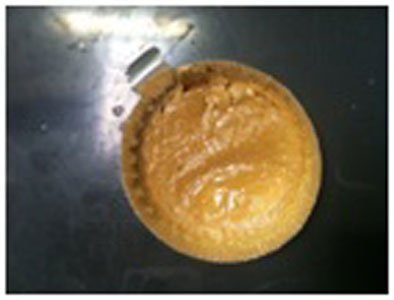 Dry materials in 20 gram of feed solution
Dry materials in 20 gram of feed solution
Results
During the diafiltration process, RO water equal to the volume of the feed mixture was used to gradually remove the salt from the feed. The permeate flux started at 14 gfd and increased to 23 gfd while salt was gradually removed from the feed solution.
After diafiltration, the feed was concentrated to 150% of the initial concentration. The permeate and feed sample was collected at 1.1 fold, 1.2 fold, 1.3 fold, 1.4 fold, 1.5 fold for the customer to evaluate. At the end of the concentration process, the permeate flux was in the range of 9 gfd.
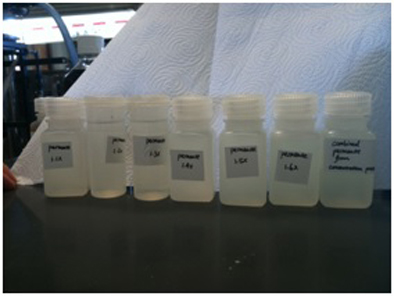
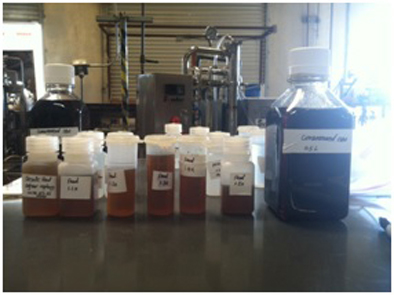
After the experiment, the filter was cleaned with caustic solution at pH 11 and then an acidic cleaning solution at pH 3.5, the clean water flux showed that the membrane was fully recovered.
questions? Fill out this form. We’ll contact you within 24 hours!
CASE STUDY
SEAWATER SULFATE REMOVAL
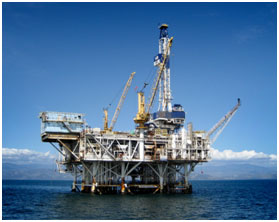
As global demand rises, nanofiltration technology has become essential throughout the oil and gas industry by improving the efficiency of waterflooding… //READ MORE
Applications
Resources
MEMBRANE RESOURCES
- Definition of a Membrane
- Membrane Materials: Organic vs. Inorganic
- Pressure-Driven Membrane Filtration Processes
- Concentration Polarization in Pressure-Driven Processes
- Degrees of Membrane Separation
- Flux Behavior in Membrane Processes
Module Configurations & Processes
-> View all membrane resourcesTUTORIALS
